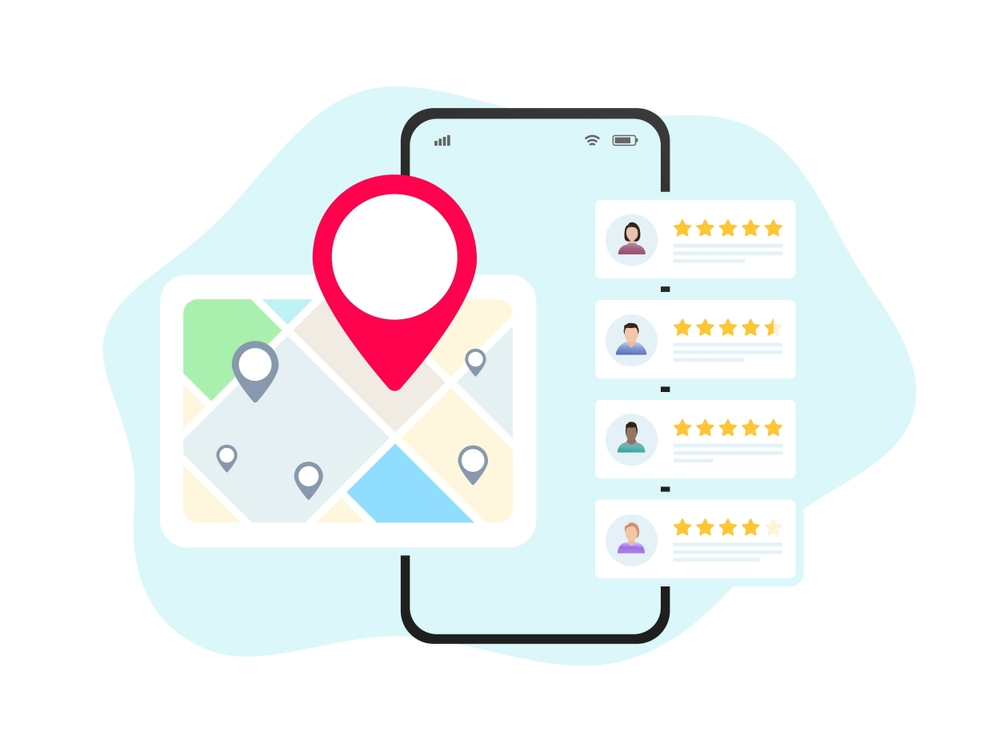
Small business marketing is always changing, so to be successful, you need to use both tried-and-true methods and find unique ways to make your brand stand out. There are new, less-used techniques that can take your marketing to a whole new level that aren’t part of the norm. This guide goes over the top 10 small business marketing strategies and gives you a thorough plan for how to put them into action. Each strategy, from using micro-influencers to the ever-changing world of podcasting, can change the game and give you a new way to reach and engage your target audience. Join us as we look into marketing opportunities that haven’t been used yet. You might find the keys that will help your small business stand out in a crowded market.
1. Micro-Influencer Collaborations:

Overview:
A smart way to increase brand awareness and involvement in a certain niche is to work with micro-influencers. These influencers have a smaller but very active following, which makes the relationship between them and their fans more personal and real. This method makes sure that your brand message gets people interested, which leads to higher engagement rates and a more genuine feel. Micro-influencers have closer ties with the people who follow them, which makes their image more trustworthy and approachable. They also have a cheaper way for people to work together, which makes them a good choice for companies that don’t have a lot of money to spend on marketing. Micro-influencers create a wide range of content that enhances the image of your brand and puts your goods or services in a context that people can relate to. To get the most out of working with micro-influencers, pick ones whose values are similar to your brand’s. It’s important to be real, and working with influencers who like and use your goods or services can help your brand message seem more trustworthy.
Implementation:
Identify influencers whose audience aligns with your target market. Reach out for collaboration, offering them your product or service in exchange for promotion.
2. User-Generated Content (UGC) Campaigns:
Overview:
A great way for brands to promote their goods or services is through User-Generated content (UGC) programmes, which ask customers to create content that features their products. People who use UGC give it credibility, which helps future buyers trust it. By asking users to be brand supporters, they make the brand seem more open and approachable. When UGC efforts are successful, they also build a community around the brand by bringing together people who like the same things. People who are excited about these efforts will tell their friends and family about them, which is a powerful form of marketing called word-of-mouth. Make clear calls to action, use branded hashtags, and think about running events or giving people incentives to take part in your UGC campaign. With UGC efforts, brands can get to know their customers better.
Implementation:
Create branded hashtags and run contests, encouraging customers to share their experiences. Feature the best content on your social media platforms.
3. Local SEO Optimization:

Overview:
Local SEO (Search Engine Optimisation) is an important technique for small businesses that want to improve their online presence and bring in customers from a certain area. Local SEO is a specific type of search engine optimisation that focuses on making sure that your business shows up high in local search results by optimising your online assets.
Implementation:
Claim your Google My Business listing, ensure NAP (Name, Address, Phone) consistency, and encourage customer reviews. Local SEO will improve your visibility in local search results.
4. Email Marketing Automation:
Overview:
Implement automated email campaigns to nurture leads, re-engage customers, and personalize communication.
Implementation:
Use tools like Mailchimp or HubSpot to set up drip campaigns, abandoned cart emails, and personalized offers based on customer behaviour.
5. Interactive Content:

Overview:
Capture attention by incorporating interactive content such as quizzes, polls, and surveys.
Implementation:
Develop interactive content on your website or social media. It not only engages your audience but also provides valuable insights into customer preferences.
6. Partnerships with Complementary Businesses:
Overview:
Identify businesses that are complementary to your own but are not direct competitors and form partnerships with them. Your reach can be expanded through the use of cross-promotion.
Implementation:
Identify businesses with similar target audiences. Create joint promotions, bundle deals, or co-host events to tap into each other’s customer bases.
7. Localized Online Advertising:

Overview:
Utilize targeted online advertising specific to your locality to reach potential customers in your area.
Implementation:
Use platforms like Facebook and Instagram to create geographically targeted ads. This ensures that your marketing budget is focused on potential customers in your vicinity.
8. Referral Programs:
Overview:
Leverage your existing customer base by implementing referral programmes. Word-of-mouth is a powerful marketing tool.
Implementation:
Offer incentives for existing customers to refer friends or family. This can be in the form of discounts, exclusive access, or other perks.
9. Chatbots for Customer Engagement:

Overview:
Implement chatbots on your website or social media to engage with customers, answer queries, and provide instant support.
Implementation:
Use chatbots to automate responses to frequently asked questions, guide visitors through your website, and even facilitate transactions.
10. Podcasting:
Overview:
Create a podcast to share industry insights, discuss trends, and showcase your expertise. Podcasts offer a personal connection with your audience.
Implementation:
Plan regular episodes, invite industry experts, and share your podcast on platforms like Apple Podcasts and Spotify. This builds credibility and attracts a dedicated audience.
Conclusion:
Effective marketing plans for small businesses often need to be creative and flexible. Some of these tactics include working with micro-influencers, getting users to make content, improving local SEO, automating email marketing, and making content that people can interact with. Networks are made within and outside of the business through collaborative projects, localised promotion, and referral programmes. For podcasts and customer interaction, robots add a contemporary touch. The patchwork of small business marketing tells a story of new ideas, resonant responses, and long-term growth. Adapting and evolving is an ongoing process of success. To become innovative leaders in a competitive market, small businesses should be open to the unknown and try new things.


